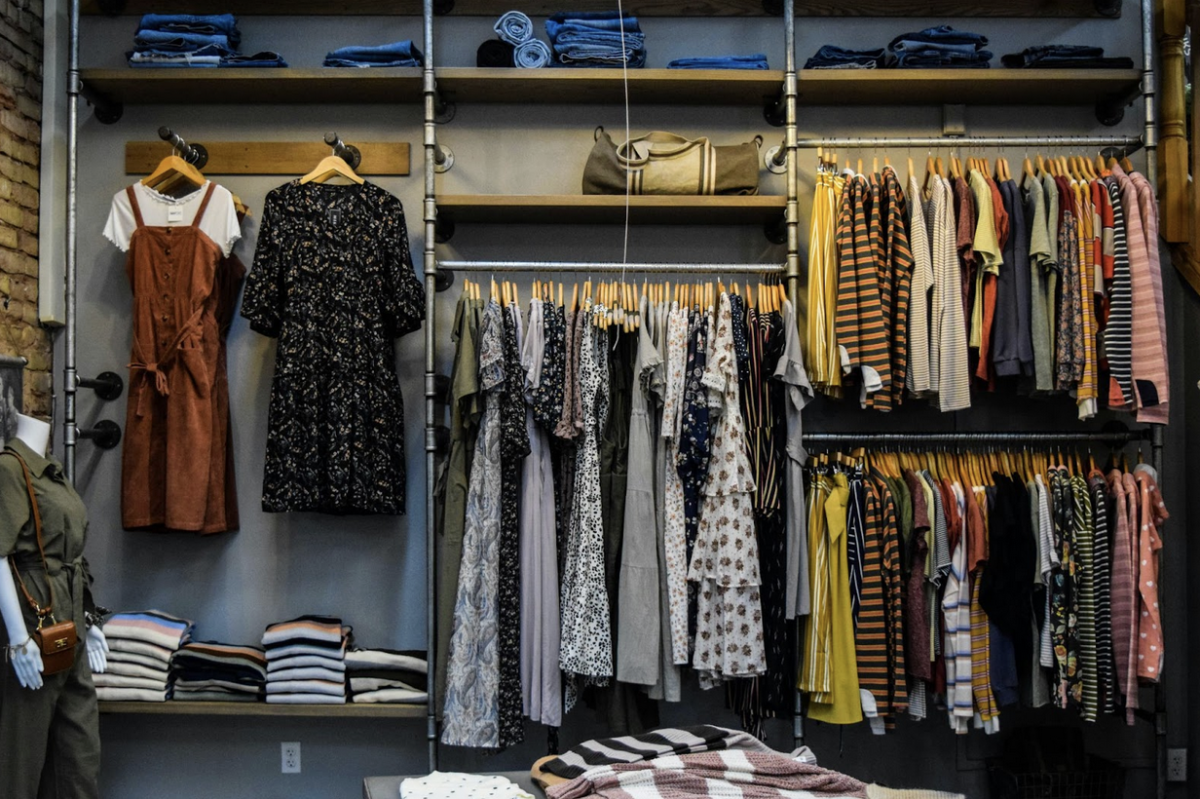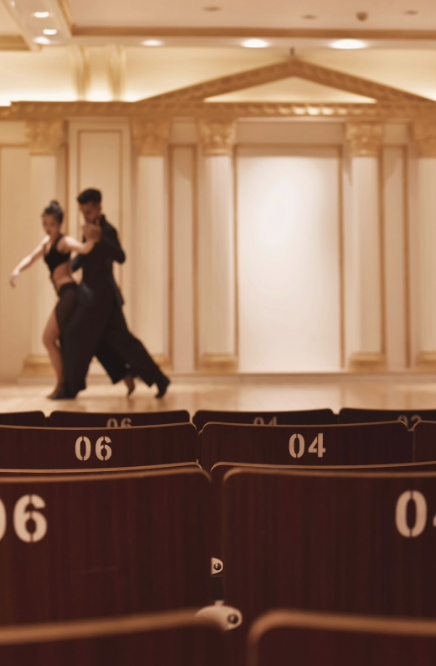Every decade features a unique style and something that helps each era to stand out. For instance, people from the 1970s would rock bell bottoms, flared jeans and tie-dye shirts. As time progressed, these preferred styles faded out and kicked off in a new era; the 1980s.
The 80s consisted of stylistic choices such as shoulder pads for women’s blouses and over-the-knee black leather boots. Years later fashion styles similar to flared jeans and bell-bottoms have made their appearance among younger generations.
Fashion consists of a cyclical nature as shown in the 70s through to the 90s, and began to take place in real time. More recently, styles from the 1990s resurfaced into the modern day, kick starting trends such as baggy jeans, oversized tees and crop tops.
The fashion cycle is the name given to occurrences where repeat style trends occur every two decades or so causing previous trends to reemerge. Since the nature of fashion changes from different periods, it can help to express those traditional values held by the people of that time. For example, in the Victorian era, it was expected of women to dress more modestly, and this was reflected in the clothes that were more popular among women in that era.
Individual values and personal expression change over time, which in turn causes fashion to change. In an interview with the GH Falcon, Green Hope student Jennifer Hong (26’) shares how as times progressed she has chosen comfort over fashion to suit her busy lifestyle. “Because I don’t have time to think about fashion and clothes with all the school work and things outside of school,” she said.
Fashion can change in response to how a person lives their life, and some people lean into what’s most convenient or familiar. Nostalgia can push people to reach back to simpler times, and try to reconnect to a familiar lifestyle. Hong discusses how teenagers might be dressing in clothes from over 20 years ago because life back then was easier, demonstrating how most teens today might try to recall those simpler times.
Social media can be a large factor in why a lot of teens today have started to take on. Fast fashion plays an important role in the way people dress, especially today when social media occupies such a large portion of certain people’s lives. Fast fashion refers to the rapid production of clothing styles to keep up with the ever-changing pace that fashion trends take.
Big production companies usually do this to sell an abundance of clothing at lower prices because of the push in fast fashion by social media. According to The Reach Institute, 95% of teenagers use social media and 35% use it almost constantly. Teenagers typically spend the majority of their time on social media and can be influenced by the trends presented on these platforms. Social media reflects strong implications on how teenagers choose to dress. When asked about the influences of social media on fashion, Hong states “Personally, I think it created some trends that caused many to wear similar outfits, but it also opened up perspectives for many people.”
Fashion is not just a reflection of societal shifts, but also an image of personal expression and cultural values. Fashion can serve as a mirror of different periods and captures the essence of personal identity and that particular society as a whole. From the bell bottoms of the 70s to the baggy jeans of the 90s, the cycle-like nature of these eras demonstrates how fashion can evolve and shape itself to match the people wearing it. Today’s fashion took on trends from over 20 years ago, searching for the nostalgia of times past that are being pushed by social media. The return of late styles from the 90s can be attributed to the nostalgia that most feel when wearing clothing items from later periods, giving a sense of familiarity with them.














































































